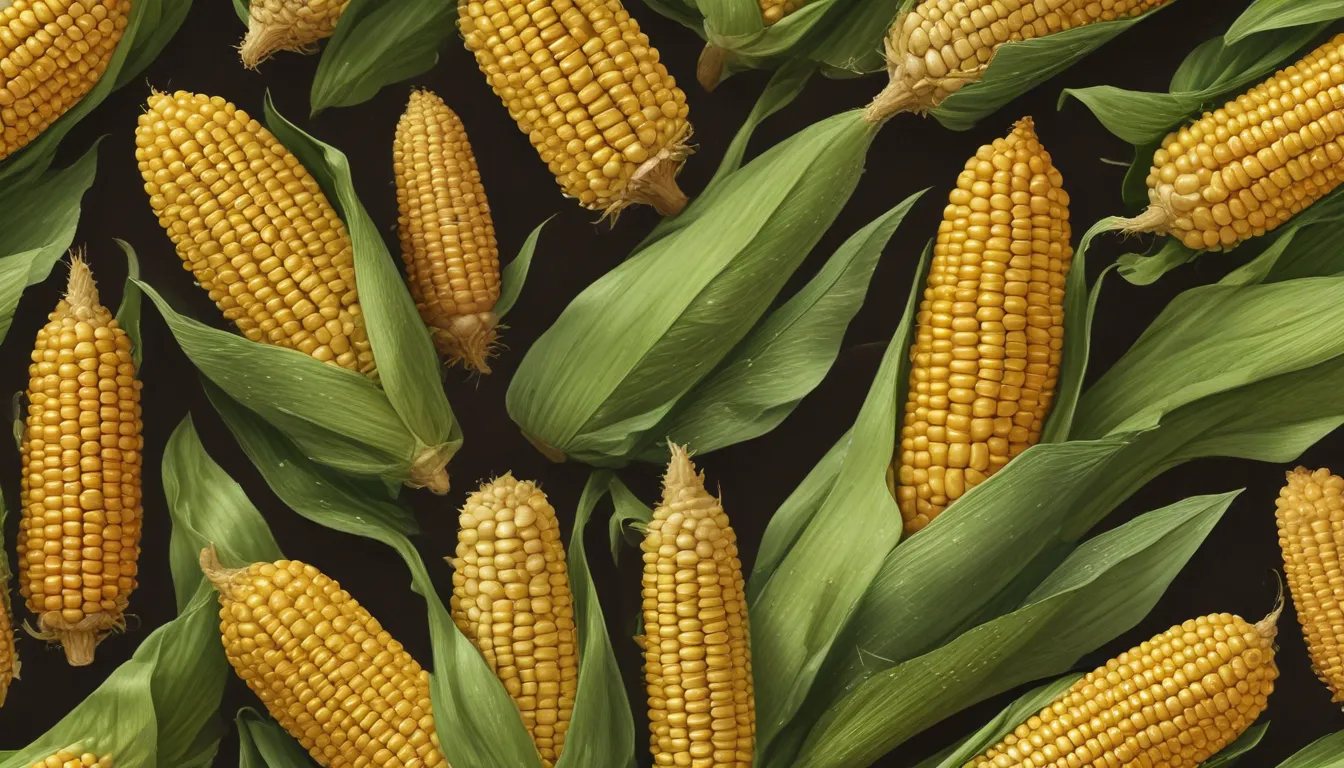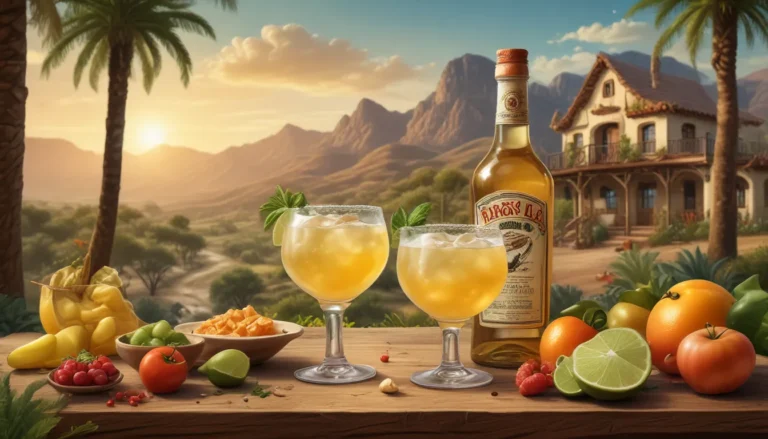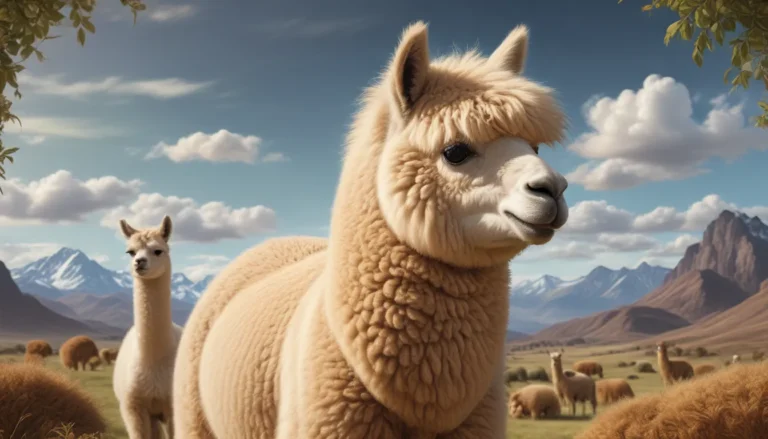The pictures in our articles might not always show exactly what the text is talking about. We use these images to make the article more interesting and eye-catching. They are there to add to the text, but not to replace it or show every detail.
Corn, also known as maize in some countries, is a beloved staple food enjoyed by people across the globe. With its rich history and wide variety of uses, corn stands as one of the most popular food crops alongside rice and wheat. In this article, we will delve into the fascinating world of corn, uncovering its origins, nutritional value, different varieties, and its significant role in agriculture and food production. Join us on this journey as we explore the diverse and surprising facts about this versatile crop.
The Roots of Corn: Uncovering Its Rich History
- The scientific name of corn is Zea mays, with some countries referring to it as "maize."
- The term "maize" originated from the Spanish word "Mahiz" in the Arawak language of Haiti.
- Christopher Columbus introduced corn to Europe after his historic journey in 1492, along with other New World crops like cacao, potato, and tomato.
- Corn, a cereal crop belonging to the grass family, was first domesticated by indigenous peoples in southern Mexico approximately 10,000 years ago.
- Corn's unique structure includes an ear or cob, which houses individual kernels that act as seeds. A single ear can contain around 800 kernels arranged in 16 rows.
The Diverse Varieties of Corn: Exploring Its Many Forms
- Corn comes in six major types, each with distinct characteristics and uses: sweet corn, dent corn, pod corn, flour corn, flint corn, and popcorn.
- Sweet corn is known for its high sugar content and low starch levels, making it a popular choice for fresh consumption and culinary purposes.
- Dent corn, named for the indentation at the top of its kernels when ripe, is a field corn variety used for various processed products due to its soft starch content.
- Flint corn, also called calico or Indian corn, features hard kernels in a range of vibrant colors, ideal for ornamental purposes.
- Pod corn, a mutation of traditional corn, displays leaf-like coverings over individual kernels, giving it a unique appearance.
- Flour corn, primarily used for cornmeal and cornflour, offers a soft starchy endosperm that is easy to grind into fine powders.
Corn in Agriculture: A Leading Crop with International Impact
- The United States leads global corn production, generating over 350 million metric tons annually and serving as a major exporter.
- China, Brazil, Argentina, Ukraine, and India trail behind the U.S. as top corn-producing countries, each contributing significantly to the world's corn supply.
- Iowa and Illinois stand out as leading corn-producing states, with vast agricultural landscapes dedicated to corn cultivation.
- The Corn Belt region of the U.S., encompassing states like Iowa, Illinois, and Nebraska, has been a stronghold of corn production since the mid-19th century.
Nutritional Value and Culinary Delights of Corn
- Corn serves as a rich source of carbohydrates, with starch content ranging from 28% to 80% of its dry weight.
- Considered a vegetable, fruit, and grain, corn offers a diverse nutritional profile, including moderate amounts of fiber and protein.
- A cup of sweet yellow corn contains 177 calories, along with essential vitamins and minerals like vitamin C, thiamine, and magnesium.
- Popcorn, a beloved snack variety, holds moisture and oil within its kernels, creating the satisfying pops and crunches we all enjoy.
Fun Facts and Agricultural Marvels of Corn
- Corn stalks can grow up to 10 feet tall, depending on the variety and environmental conditions.
- The tallest sweetcorn plant on record reached an impressive height of 35 feet and 2 inches, a testament to the plant's growth potential.
- Early corn plants were small, producing only one cob per plant until advancements in hybridization allowed for multiple cobs per plant.
- From roots to tassels, every part of the corn plant plays a vital role in its growth and development, contributing to its bountiful harvests.
Corn stands as a symbol of agricultural ingenuity, culinary diversity, and cultural significance worldwide. Whether enjoyed fresh off the cob, processed into various products, or used in industrial applications, corn continues to shape our diets, economies, and ecosystems. As we celebrate the corn's versatility and nutritional benefits, let us appreciate the centuries-old journey of this remarkable crop and its enduring presence in our lives.
Stay tuned for more enlightening insights into the world of agriculture, food production, and sustainable living. Join us on this educational adventure as we uncover the wonders of nature, one fascinating fact at a time. Thank you for exploring the vibrant world of corn with us!






